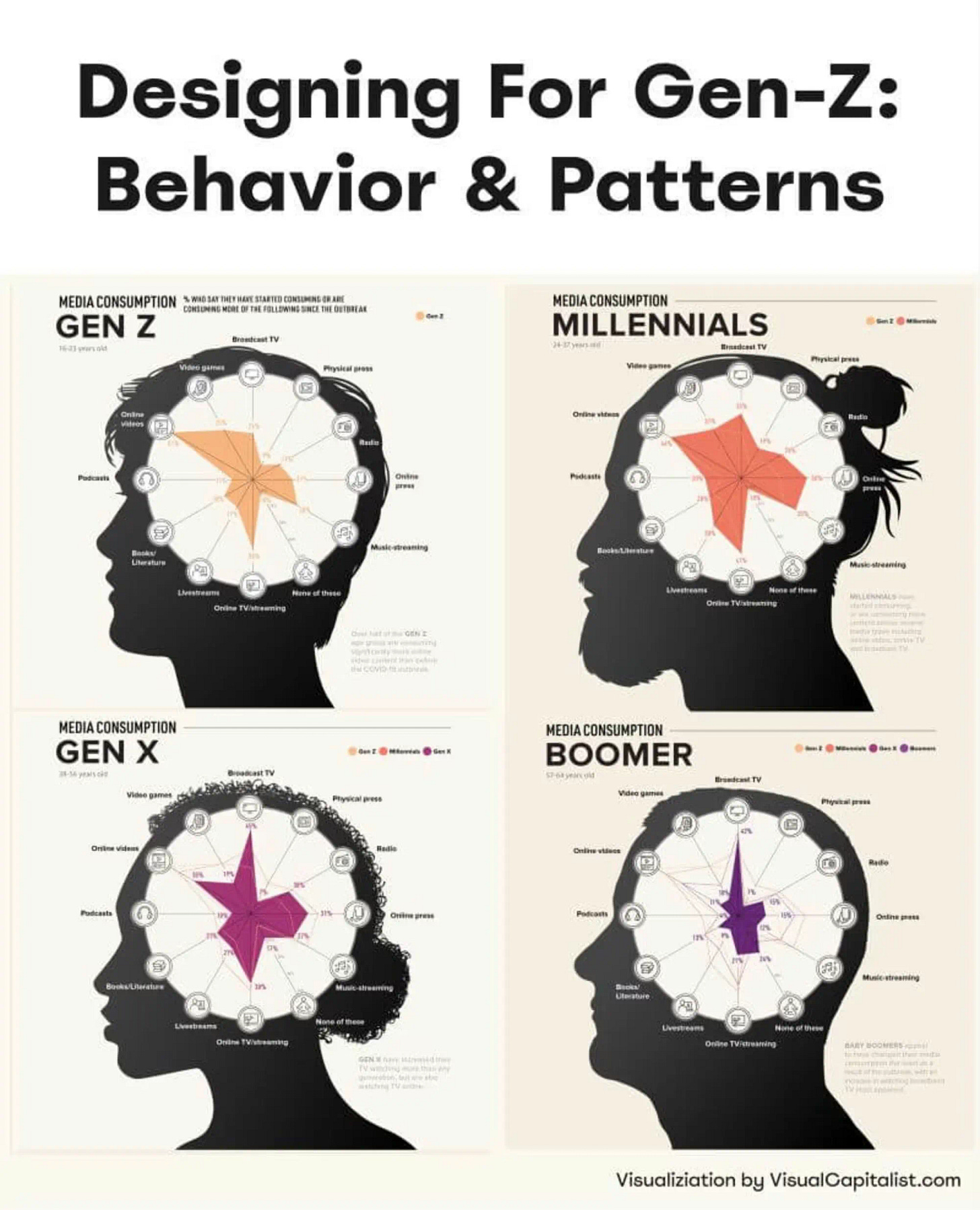Issue 126
Meme, myself and AI
Hello, dear readers! 👋
In this issue, among other things:
The paradox of Toga complexity. Why any simple product will become complicated
Design features for Generation Z
Tips for those who have decided to move into design management
How to make the HEART interface metrics framework work
The difference between European and Chinese applications
New AI tools for image editing and facial animation
Modern bakery branding
…and much more!
Enjoy reading!
🗞 News and articles
Designing For Gen Z: Expectations And UX Guidelines
Vitaly Friedman spoke about the design features for Generation Z and explained why it is sometimes worth ignoring generally accepted design tips.
Features of the zoom generation:
The most diverse in terms of race, ethnicity and self-identification
Familiar with the digital experience, but often disappointed in it due to low speed and confusion
By default, he is skeptical about brands and advertising. When searching for information, he relies on social circles, reputable people and peers
He likes short forms of content, but the duration of attention may increase depending on the context
The main search engine is YouTube, not Google
Design Tips:
For Generation Z, it is usually recommended to release short content in the "Tik-Tok" format, but it is better to do the opposite. It is important to engage this audience with good and honest stories
Avoid artificial images and generative content. Reflect the real world with real people in your ads, even if they are imperfect
The mobile-first principle has been replaced by the mobile-only principle. Now desktop versions of products may not be used at all
The content should also be focused on mobile devices. Use paragraphs up to 50 words, sentences up to 20, and write the text itself briefly and concisely. Specify the key ideas first, and then the details
Subtitles should be enabled by default. Many people watch videos without sound or in a language that is foreign to them
It is important to maintain the internal motivation of users. They should feel their contribution, progress and responsibility
A theoretical article about the paradox according to which the development of simple and effective products inevitably leads to the development of more complex ones. This is due to the fact that by shifting some of the work to the product, people are looking for new, more complex challenges and require more functions. Thus, their workload remains at the same level or grows.
The authors point out that it makes no sense to formulate requirements for a future product in advance. Instead, it should be developed iteratively, taking into account more and more new user needs.
Hardik Pandya shared a lot of valuable tips for those who decided to move from design to design management and management.
He gave advice on time management, effective communication, decision-making, prioritization and planning, leadership, team management and communication with higher management, as well as how to be a good designer yourself.







